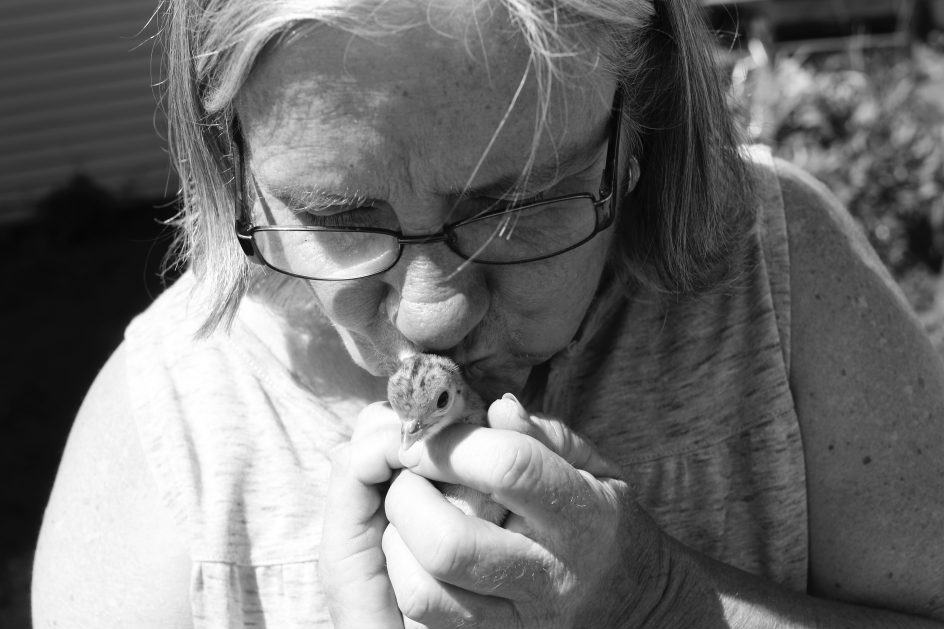
Today, Maria and Lisa Carrino will meet at the Round House Cafe to hang my portrait show “Cambridge People: Those Who Stayed Behind.”
For me, the show is a turning point, my first plunge into portraiture, a celebration of work, heart and community.
And a very challenging creative turn.
In some ways, I’m discovering my own new movement to redefine the idea of the rural landscape, I call it post-landscape imagery. Landscapes are beautiful, and they are also popular, but I wanted to find a way to capture what I believe is the genuine landscape of rural life for me, the people who have stayed in the country and who work hard to keep their communities alive.
Rural communities all over American have been left behind by corporatism, politics and the Darwinian ideas of the new global economy in which some benefit and many are left behind.
Since World War II, there has been a vast migration of people away from farms and rural areas and into cities, where many work in jobs, not callings, for people who care nothing about them. The portraits are the faces of those who have stayed behind and are living their lives.
The true rural landscape is gritty, poignant, heartbreaking, determined, inspiring.
But not sylvan.
For me, the creative path is not those beautiful hills and barns, but of the people who keep our communities alive.
All those pristine farms and green hills are largely the stuff of fantasy to me – the rural life we wish to remember and celebrate, but not the rural life that has been abandoned by economists and politicians for the past half-century and is struggling to adapt and survive
I have nothing to add to the sylvan landscapes that are so popular – real farms are gritty, riddled with junk and struggle, Main Street all over America are filled with empty storefronts and abandoned factories and mills. Rural landscapes evoke a beautiful world, but that is not what moves me here.
In my town, Cambridge, N.Y., there is a diverse community – farmers, truckers, artists, writers, New York refugees, contractors – and a strong sense of community. I set out to photograph good people who work hard and who are an integral part of our community. I could only photograph a few, there are many more.
To me, people like Carol Gully – a dairy farmer pictured above and who works back-breaking hours alongside her husband every day of the year – comprise the true rural landscape, portraits of the unseen. You will not ever see their faces on the news, but they are a big story here.
Carol can ride and fix a tractor, and milk cows for hours, she also saves baby birds out in the field that the tractors have threatened and nurses them back to health.
The hippie who became a bookkeeper for non-profits, the urban women who fled here to become a Dreamcatcher and goat breeder, the business student who became a much-loved butcher, the beloved hair stylist on Main Street the bookstore owner, the engineer turned carpenter, the artist who sells corn and others who have followed their bliss or re-invited themselves.
These are the people who have not fled to the big cities to work in jobs they hate, but have stood their ground. I am excited to have taken their portraits. The show will be hung today but the the Round House will be closed this upcoming week. There will be a reception for the subjects and their families and for the general public September 18th at the Round House, 2 to 4 p.m.
